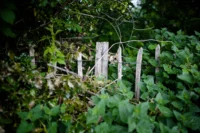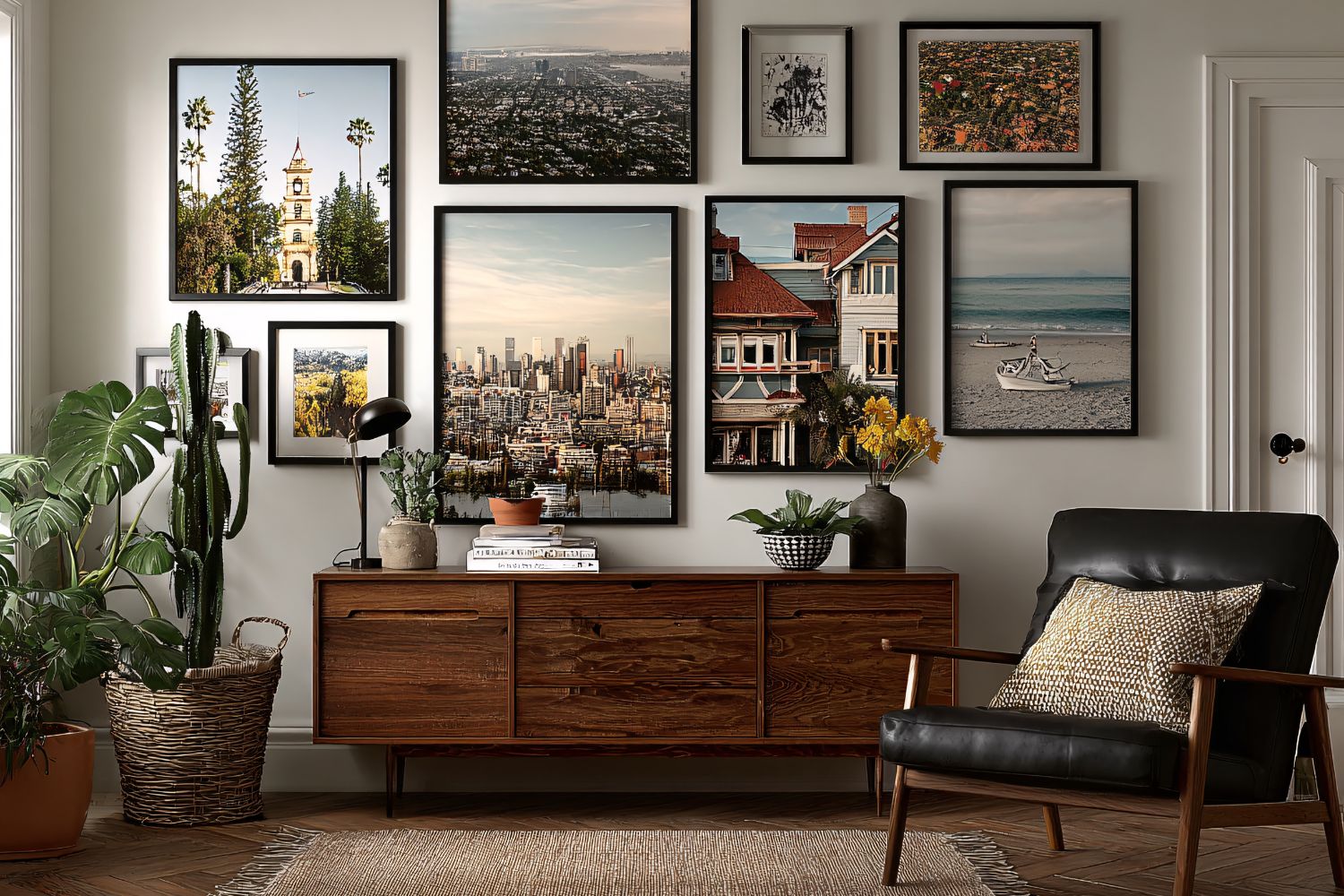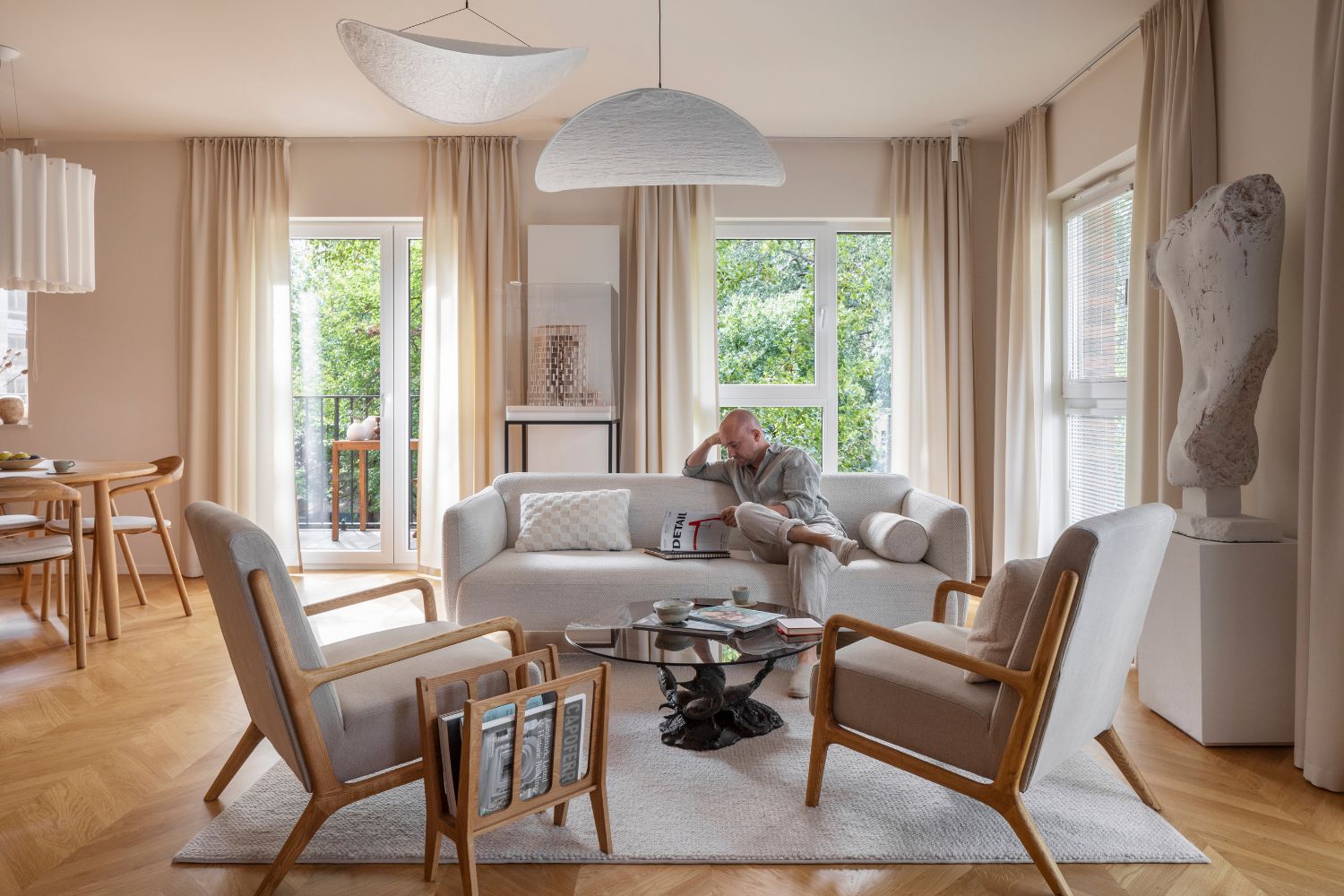- Home
- Articles
- Architectural Portfolio
- Architectral Presentation
- Inspirational Stories
- Architecture News
- Visualization
- BIM Industry
- Facade Design
- Parametric Design
- Career
- Landscape Architecture
- Construction
- Artificial Intelligence
- Sketching
- Design Softwares
- Diagrams
- Writing
- Architectural Tips
- Sustainability
- Courses
- Concept
- Technology
- History & Heritage
- Future of Architecture
- Guides & How-To
- Art & Culture
- Projects
- Interior Design
- Competitions
- Jobs
- Store
- Tools
- More
- Home
- Articles
- Architectural Portfolio
- Architectral Presentation
- Inspirational Stories
- Architecture News
- Visualization
- BIM Industry
- Facade Design
- Parametric Design
- Career
- Landscape Architecture
- Construction
- Artificial Intelligence
- Sketching
- Design Softwares
- Diagrams
- Writing
- Architectural Tips
- Sustainability
- Courses
- Concept
- Technology
- History & Heritage
- Future of Architecture
- Guides & How-To
- Art & Culture
- Projects
- Interior Design
- Competitions
- Jobs
- Store
- Tools
- More
Essential Guide to Designing a Minimalist Bathroom: Interior Decoration Tips & Tricks
Discover methods to create a functional and visually appealing minimalist bathroom with this instructive guide. The article covers key topics like essential fixtures, material selections, natural lighting enhancement, and the strategic use of accessories for a clutter-free space.

Embracing minimalism in bathroom design doesn’t have to be a challenge. With the right elements, it’s possible to create a space that is both functional and aesthetically pleasing. From suspended vanities that save space and make cleaning easier, to floor-level shower trays that prevent visual interruptions, we’ll explore how to make the most of your bathroom’s design.
Adding unexpected elements can also transform a minimalist bathroom. Whether it’s an ingenious sink design, a wall-mounted tap, or a splash of unexpected color, these additions can bring a touch of originality to a simple space. Even the inclusion of bathroom-friendly plants can liven up the monotony and add some much-needed oxygen purification.
So, if you’re looking to redesign your bathroom with a minimalist approach, stay tuned. We’re about to dive into the world of minimalist bathroom design.

Table of Contents
ToggleUnderstanding Minimalist Bathroom Interior Decoration
Transitioning into a minimalist aesthetic for your bathroom involves stripping down to the essentials. In a minimalist bathroom, every element holds functionality and simplicity, hence leaves an undeniable charm that speaks volumes.
- Promotes Clarity and Tranquility: Just as interior designer Natalie Tredgett states, materials like pink give a sense of calmness, a characteristic intrinsic to minimalist design aids in reducing visual clutter that can subconsciously lead to stress.
- Efficient Use of Space: Draw upon the example of the 20th-century Eichler home in Willow Glen, California. Stolen space from the principal bedroom gives birth to an en suite bathroom with a curbless wet room. This kind of layout optimizes spatial distribution.
- Amplifies the Perception of Space: Note the design ethos of Jessica Menda whose style statement revolves around making the architecture speak for the space. A minimalist design, with its clean lines and subtle colors, can make your bathroom seem larger than it is.
- Timelessness: As fashion trends come and go, a minimalist bathroom stands the test of time due to its primary reliance on functionality over decorative elements. The case of Annaleena Interiors speaks for such an example with the swirling marble tiles rendering personality and timelessness.
- Cost-Effective: A minimalist design encompasses only essential items. Thus, it promotes room aesthetics without a multitude of expensive decors. It allows investing in quality fittings, just as Amos Goldreich, a Director at Amos Goldreich Architecture, advocates aging beautifully over time.
The rich possibilities of minimalism offer a pathway to aesthetic and efficient interior bathroom decoration. Get accustomed to this style and leverage its benefits to the maximum.

Planning Your Minimalist Bathroom
In this stage of your minimalist bathroom design project, you focus on evaluating your needs and desires. Let’s explore the processes involved in this vital phase of your interior decoration project.
Determining Your Bathroom Needs
Begin your journey to a minimalist bathroom by identifying your specific needs. Do you require ample storage space or prioritize relaxation with elements like a standalone bathtub? While some may desire more simple solutions like slim washbasins, others may require custom, minimalist bathroom furniture, like those in the Geberit ONE and iCon bathroom series, for optimal storage space.
For instance, the choice of efficient floor plan could include a glass-enclosed shower, a floating sink with storage drawers, and a tub thoughtfully located at the room’s end for out-of-the-way convenience. In this setup, each item serves a purpose and maintains aesthetic appeal, such as strategic lighting and wide frosted glass windows. Storage could contain practical organization systems or a magnetic board with flexible storage boxes for orderliness.

Selecting Minimalist Bathroom Materials
In crafting an apt minimalist bathroom design, a prudent selection of materials plays a vital role. Masterfully chosen materials not only bestow the required minimalistic look but also elicit a sense of tranquility and simplicity.
The Role of Natural Wood
In the arena of minimalist interior design, incorporating wood elements in the bathroom provides an exuberant touch of nature and texture. One cannot sideline an element as vital as wood since it resonates with the earthy look fundamental to minimalist design. Initiatives like adding a natural wood vanity and wall paneling manifest an elevated earthy aura, whereas the addition of petite decorative pieces like a teak stool or a wooden catchall can further heighten the aesthetic appeal. Forest-derived materials such as Birch or Oak are quite fitting for a Scandi-style minimalist bathroom too. It is to note that the use of wood in the bathroom in aforelisted manners imparts an inviting and warm appearance to your bathroom, irrespective of its minimalist design.
Exploring Stone and Metal Options
Opting for stone and metal in minimalist bathroom design accredits the creation of a luxurious, modern, and chic space that mirrors elegance. Stone, with its numerous natural variations, offers myriad choices with unparallel aesthetic appeal. A marble-tiled bathroom or even a select marble accent wall can elevate the minimalist look to a whole new level of sophistication. On the other hand, metals bring in sleekness and industrious strength which complements the calming zenith of stone’s aura. Metal elements, especially in brushed or matte finish, like faucets, towel racks, mirror frames, or light fixtures, provide subtle hints of luxury while maintaining an overall clean, simple, and minimalist aesthetic. The strategic inclusion of these materials throughout the bathroom helps in retaining visual interest while sticking to the minimalist approach.
Essential Minimalist Bathroom Features
Taking minimalist bathroom designs to the next level includes understanding and carefully selecting each feature. Below we detail two crucial aspects – the Bathroom Vanity and Floor-level Shower Trays.

Bathroom Vanity

Bathroom vanities contribute significantly to the entire look of a minimalist bathroom. The phrase “less is more” holds true here, wherein simplicity and sophistication both play their parts. The Bathroom Vanity is one of the most vital elements in minimalist spaces. Interior designers and decorators often opt for suspended designs. This tactic not only amplifies the space by making it look larger, but also eases the cleaning process, enhancing practicality. The modern and refined lines of these types of vanities allow for different finishes and colours – catering to varied tastes, while staying true to the minimalist aesthetic.
Floor-level Shower Trays
Another element worthy of attention in minimalist bathroom design is the Floor-Level Shower Tray. These trays are popular among those who seek elegance and form. Apart from offering a seamless look, these trays prevent visual interruptions in the bathroom. Selecting a shower tray of the same colour as the bathroom floor maintains continuity. Moreover, when paired with a transparent glass shower screen, the sense of spaciousness elevates, eliminating visual barriers in the bathroom. These two combined, not only function effectively in managing water splashes and floor mess – as traditionally expected, but also provide that touch of minimalistic elegance without congesting the room.
Maximizing Natural Lighting
An integral part of the minimalist bathroom design revolves around leveraging natural light to underscore the simplicity and elegance of the space. Natural light augments the visual appeal, inducing a calming, relaxing ambiance in a minimalist bathroom setup.

The Power of Large Mirrors
Exploit large mirrors’ extensive reflective surfaces to amplify natural light within the space. Inherently frameless, these mirrors foster an uncluttered appearance, aligning perfectly with the minimalist design principles. Beyond infusing simplicity, these mirrors dramatically enhance the sense of space, making the bathroom seem airier. Positioned strategically—perhaps opposite a window, these mirrors diffuse sunlight throughout the room, thereby minimizing the reliance on artificial lighting during the day.
Inherently frameless, these bathroom mirror foster an uncluttered appearance, aligning perfectly with the minimalist design principles.
Embracing the Light with LED Fixtures
Upgrade your minimalist bathroom with energy-efficient LED fixtures, which harken back to the clean, modern look. The bright, crisp illumination from LED lighting aligns with the simplicity highlighted in minimalist design principles, all while consuming less power.
Remember: when maximizing natural light in a minimalist bathroom, mirrors and the strategic use of light fixtures function as your power tools. They individually and collectively aid in reflecting, diffusing, and enhancing light sources, striking a balance between the beauty of natural light and the functional necessity of artificial lighting. Each element complements the other, together ensuring your bathroom is luminous, elegant, and minimalist.

Beautifying Your Minimalist Bathroom
Building on our understanding of essential design elements and the alignment of natural light optimization, we explore further elements necessary for a beautiful minimalist bathroom design.
Infusing Nature with Plants
A minimalist bathroom can benefit significantly from the addition of indoor plants. They inject tranquility into the space by bridging the gap between indoor and outdoor living. For instance, pots with ferns or ivy, known for their air-purifying tendencies, can enhance the bathroom’s connectivity with nature. Likewise, smaller succulent species make an excellent choice for shelving units or countertops, contributing to the calming serenity that is key in a minimalist setting.
Choosing Accessories for a Touch of Glamour
In the minimalist philosophy, less equates to more. However, the addition of a few well-curated accessories can amplify the grandeur of your minimalist bathroom without deflecting from its simplicity. Opt for simple yet quality bathroom accessories such as soap dishes, towel holders, and shower caddies made of brass or stainless steel for a touch of elegance that complements the minimalist ethos. Furthermore, choices like high-gloss tiles or a single ornate mirror could act as the centerpiece of the room, tying together beauty and simplicity, all while adhering to minimalist principles.

Keeping Up With Your Minimalist Bathroom
As we traverse deeper into the realm of minimalist bathroom aesthetics, upkeep and maintenance become integral factors. Being mindful about keeping the minimalist approach intact even in maintenance forms the key.
Nurturing Indoor Bathroom Plants
Having greenery creates a natural retreat within your minimalist bathroom. Yet, maintenance plays a crucial role. Snake plants or ferns, requiring less light to thrive, form an excellent choice.
Remember to water the plants regularly, making certain the soil remains moist but not waterlogged. Low-light plants often fare better when they’re left to dry out a bit between waterings. Aim to repot the plants every one to two years to ensure healthy growth.
Proper Care for Surfaces
Surface styles and materials in a minimalist bathroom can range from marble countertops to glazed, refractive backsplashes. For maintaining them, stick to non-abrasive cleaners that protect their finish and increase longevity.
Using a squeegee post-shower can keep glazed surfaces free of water spots and soap scum. Stone countertops, particularly marble, require special cleaning products and regular sealing to prevent stains and chipping.
Always refer to manufacturers’ instructions before using a cleaning product on any bathroom surface, ensuring that you’re not using something that could potentially damage the finish.

Engage Japandi elements to seal the elegance of a minimalist bathroom. This style, a fusion of Japanese and Scandinavian aesthetics, promotes simplicity and functionality with a natural touch, a perfect match for the minimalist bathroom. An ideal example is a century model Eichler home in Willow Glen, California that imbued its bathroom with the gentle touch of Japandi visual elements.
- Design an en-suite bathroom: Snatch some space from the primary bedroom, if possible, to establish an en-suite bathroom. This format fosters an intimate and convenient layout.
- Introduce a curb-free wet room: Integrate a curb-free wet room into the design that can house practical installations like a soaking tub. Functionality sits at the heart of this decision as it allows easy access and movement within the space.
- Utilize themed tiles: One visual hint to the Japandi style is decorative Japanese tiles. Apply these artistic pieces to silently tell a tale of elegance and nature-inspired tranquility.
Submit your architectural projects
Follow these steps for submission your project. Submission FormLatest Posts
Modern American Homes: Interior Design Trends to Watch in 2026
Interior design in the United States is evolving toward warmer, more adaptable,...
10 Popular Interior Design Styles in the USA
Interior design in the USA reflects a wide range of lifestyles, cultural...
BXB Studio’s Hybrid Interior: Redefining the Modern Architectural Workplace
The Warsaw headquarters of BXB Studio was established in a modest 70...
5 Must-Know Interior Design Trends in American Homes
From warm minimalism to bold oversized artwork, these five interior design trends...












Leave a comment